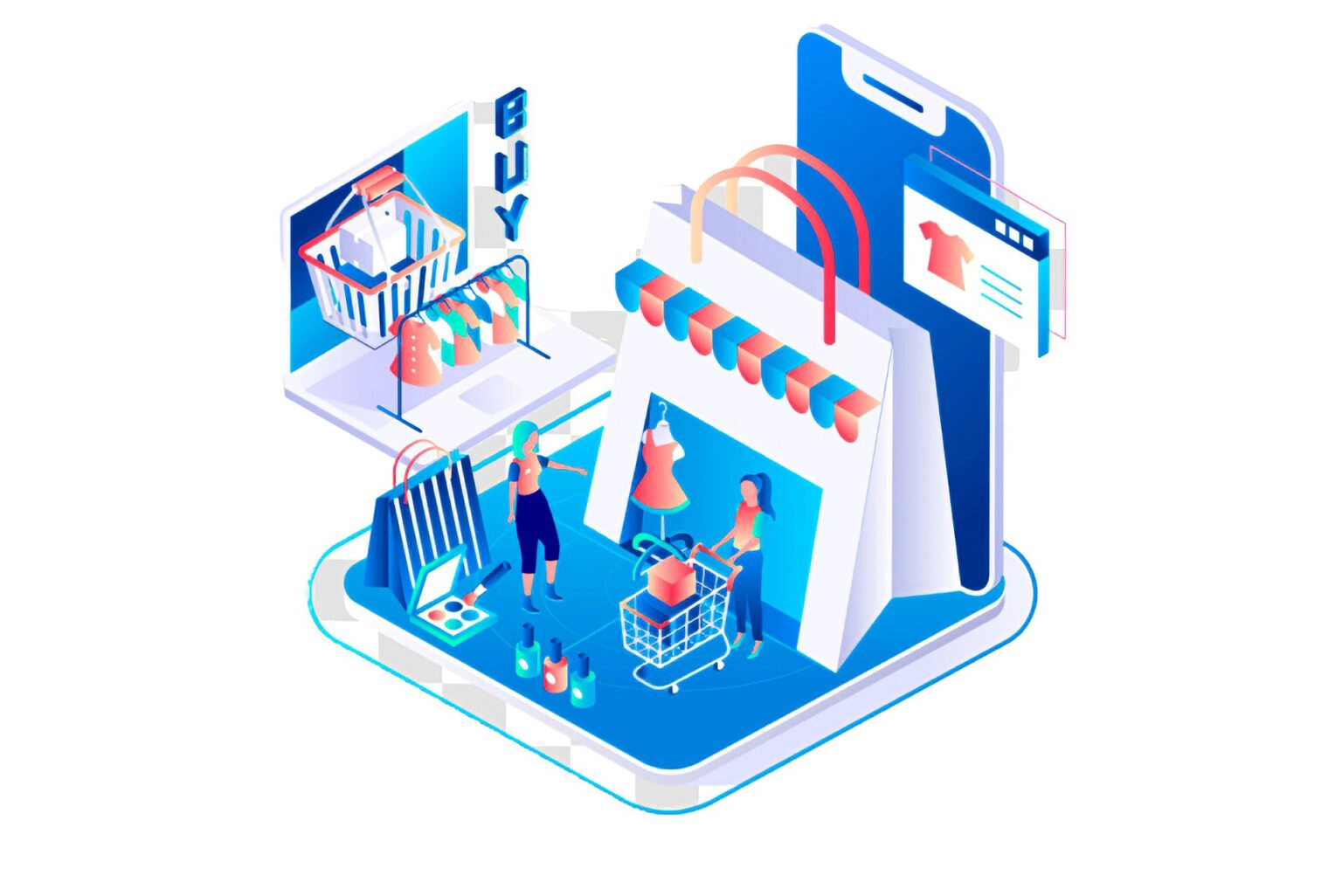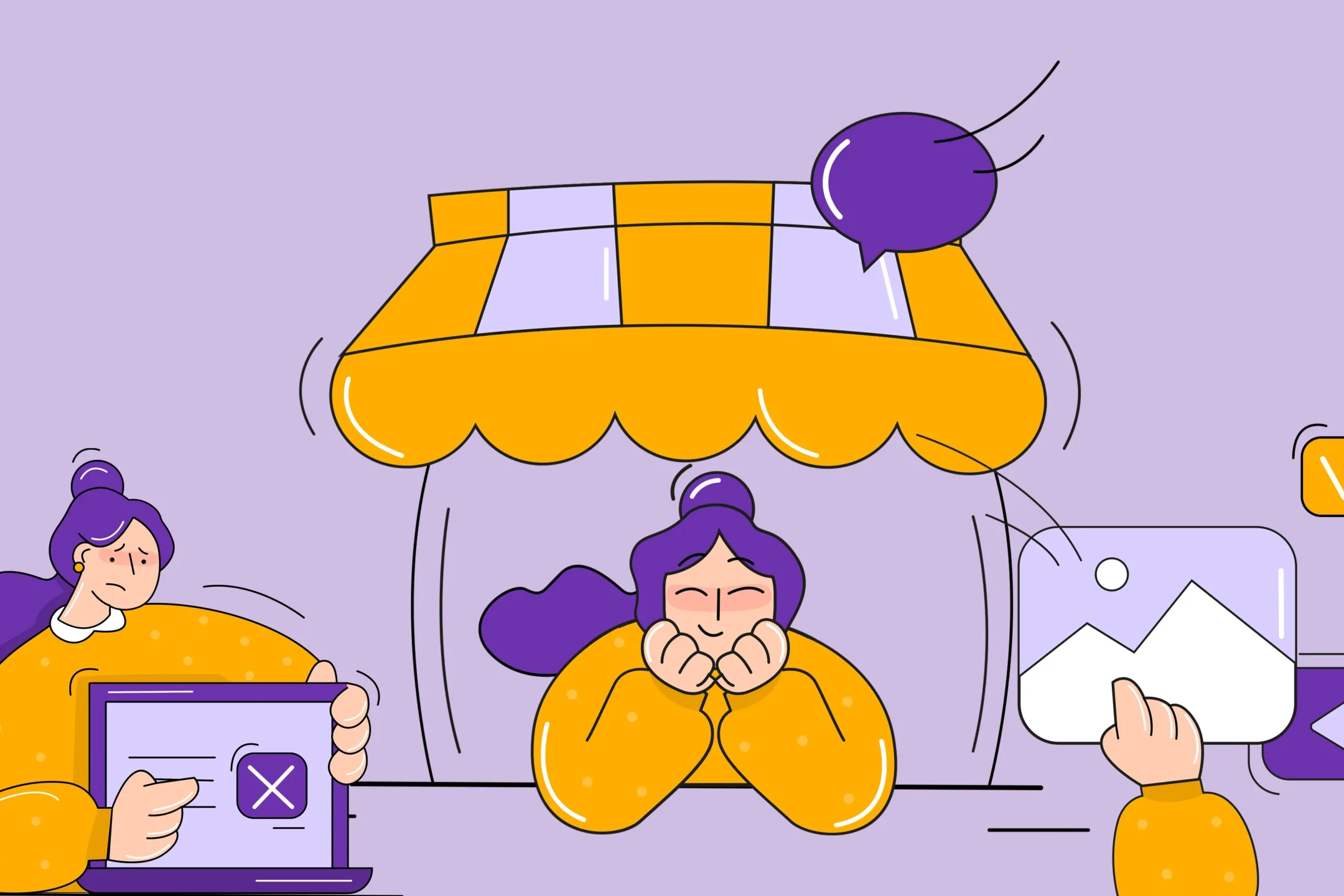How to Supercharge your eCommerce Sales on Black Friday and Cyber Monday
Black Friday and Cyber Monday are two of the biggest days in the world’s ecommerce calendar with Black Friday 2022 landing on 25th November 2022 and Cyber Monday landing on the 28th of November 2022. Consumers spend billions on ecommerce sales combined across these two days which account for a good percent of total online and instore spending for the entire year! Last year in 2021, consumer spend for Cyber Monday was $10.7 billion and on Black Friday consumers spent $8.9 billion respectively, which is by any account a huge total spend for just two days.
Despite the pandemic, spending was significant across in-store and online shopping in 2021 and 2022 is only set to surpass these figures as brands ramp up their offerings and deals both online and in store and with a predicted 65% of consumers going online during the Black Friday and Cyber Monday sales. A noticeable difference is with social media where a predicted 36% of shoppers planning to use social media as a means to shop during these two days.
With 2022 ecommerce sales predicted to increase by 3.9% compared to 2021, brands face fierce competition across product ranges which is why its now more important than ever to optimise your eCommerce offering to get a bigger piece of the pie. So, lets dive into how you can supercharge your eCommerce sales on Black Friday and Cyber Monday to lead to record breaking ecommerce sales for your business.

Optimise Product Pages For Conversions
There can be many reasons why a customer will visit your site, but not buy anything. Regardless of the stage of the buying cycle they are in, consumers often visit sites and don’t complete a purchase in the same session. Even with customers who are ready to buy often abandon their carts, abandonment rates sit at around 85%, meaning a large portion of the visitors landing on an ecommerce site often leave without buying anything or taking any action. But, optimising your product pages can help to improve your conversion rate and ecommerce sales by making the experience your users have a positive one which increases the chances of them making a purchase.
Performance
Everyone hates a slow loading website, and if a user has to wait for more than 2 seconds for their page to load, they often end up leaving the site before even seeing and of the content or products you have to offer. This means you could spend thousands on optimising other areas of your eCommerce store, only for users to never see it due to poor page speeds and loading times. Pages which load between 0-2 seconds often have the highest conversion rate, with pages that load slower often with an increasing bounce rate the longer it takes to load.
Although it may seem like a subtle change, page speed can have a profound impact on your site, particularly with larger sites with high volumes of traffic. For example, Walmart found that for every second they were able to improve their page speed, their conversion rate increased by 2%! Seems insignificant, well not for Walmart as increasing their conversions by 2% results in over $200,000 in revenue for the company. When it comes to performance, don’t miscount the small gains you are able to achieve, as they can result in huge differences to your bottom line.
Product Images
Having the right product images which accurately showcase your products is vital. Ever bought something online and when it gets delivered its not quite what you expected? Yes, us too. Be sure to show your products in real world scenarios so your potential customers can understand exactly what it would look like in the real world. If you fancy a laugh, try searching for ‘amazon photoshop fails’ for a better idea! Another thing to consider with product images is the size and scale of those images, with many users now shopping on mobile images must be able to load quickly and fit the screen size they are being viewed on. For example, high resolution images need to be optimised for performance and with specific height and width requirements for different screen sizes.
Payment Methods
With a growing number of payment methods, consumers now expect brands to offer their preferred method of paying, and if they don’t they often won’t go on to buy. Increasingly popular payment methods such as Klarna, Apple Pay and even Crypto Currency payments are becoming the new norm and brands must adopt these alternative payment methods to stay ahead.
Have you ever landed on an eCommerce store and they don’t accept Visa or MasterCard? If the store didn’t offer you your desired payment method, did you still go on to buy? In short, offering the most amount of payment methods will increase your chances of making a sale, so be sure to do you research and integrate you eCommerce store with as many methods as possible.
Trust Indicators
Gaining the trust of potential customers is another key element of optimising your product pages to convert more of your users into sales. With so many online stores popping up, it can be hard to establish trust particularly with new businesses. However, there are ways you can increase trust across your which resonates with users and encourages them to trust your brands with their money and details.
Reviews are a great way to establish trust with your audience by displaying real world customers viewpoints who have rated or reviewed your products in the past. It’s all good advertising your brand through marketing and partnerships to establish trust, but nothing is more convincing than other people telling you their story and experience first-hand. Review sites like Trust Pilot, Reviews.io and Feefo allow brands to offer customers the ability to review their products in a variety of different formats including text and even video reviews for an extra realistic viewpoint. These platforms can be easily integrated with many different web and CMS platforms with relative ease and can really help brands go along way in establishing trust and long lasting relationships with their customers.

Streamline Your Checkout/Basket Process
Once you get a customer to add an item to their basket, good job, your one step closer to making that all important sale. But, your work is not done yet! Cart abandonment rates sit at around 70% across many different niches, industries and sectors. In order to reduce this figure, brands need to firstly shorten the number of steps and time taken at checkout to complete the order which includes filling out customer details, payment details and delivery options. Many stores complicate this step in the process, most sites fail here where they ask for too much information than is actually required for them to complete their order, its said that up to 50% of ecommerce sites ask for repeated information which can lead to customers abandoning their cart and going somewhere else which is quicker and easier.
Some simple ways to improve your checkout process:
- Make your checkout process as short as possible, using a one-page checkout works best.
- Offer multiple and simple payment methods.
- Add visual and progression elements to your site to let users know how long is left to purchase.
- Remove unnecessary elements of your page on checkout (remove nav bars and other distractions).
- Implement cart abandonment features and marketing emails which are automated.
Use Social Media and Social Commerce to Drive Traffic
Social media is once again changing the game of how users now search for products. In a recent study, it was found that 40% of the 18-24 audience category now use TikTok or Instagram to search for products instead of using popular search methods such as Google. This is fascinating as this depicts a shift in buyer behaviour in the younger generation which brands need to identify and be aware of to be able to meet their audience where they are most active and actually looking to buy products.
The introduction of social commerce capabilities also means that customers now don’t’ need to leave their social media platforms in order to buy the products they are looking for, this differs from traditionally where ads on social media are used to drive social media users to their website to buy the products from there. Introductions into the market like Instagram Shopping and TikTok Shop are growing in popularity with brands now moving a more social media dominant ecommerce strategy which meets their audience on the platforms and channels they use the most.

Run Email and SMS Marketing Campaigns Alongside Your Offering
No Black Friday or Cyber Monday strategy is complete without some direct marketing to really drum up interest and drive people to your eCommerce store. Email marketing ROI has been found to be nearly $36 for every $1 spent, which is why 37% of brands are increasing their email marketing spend. With mobile usage increasing year on year and 1 in 3 people checking their SMS notifications, brands can now utilise these two approaches to really drive engagement and market their products to customers while they are at work, at home and even on the go all thanks to the dominance of mobile devices.
These two methods are a perfect way to promote your latest offers, deals and bundles available across your Black Friday and Cyber Monday offerings with a more direct approach which can even be personalised to increase engagement and the chance of a consumer clicking your emails and buying something on your site. Although a combination of other marketing techniques can and should be used in conjunction with these methods, utilising email marketing and SMS marketing enables brands to get closer to their customers and provide quick and efficient messaging on a regular basis to drive conversions.
To learn more about how you can improve your overall eCommerce conversion rate and increase the volume of your ecommerce sales, head over to our ecommerce insights section for the latest updates and information.
More interesting content...
Like this story? Share it on your social media...
For more of the latest content, why not subscribe to our mailing list...






